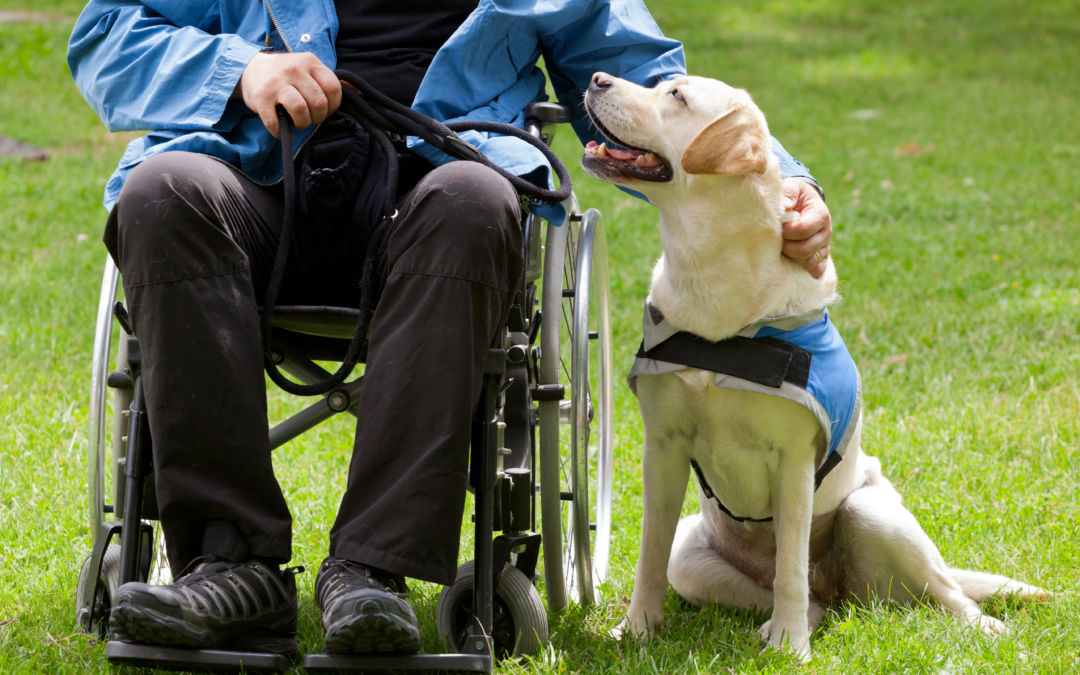Shop At Haya: Your Ultimate Shopping Guide
Discover the best shopping tips, trends, and deals for a smarter buying experience.
Train Your Dog Like a Pro Without Losing Your Sanity
Transform your pup into a model dog with expert tips—train like a pro while keeping your sanity intact! Click for a happier, well-behaved dog!
Top 5 Essential Commands Every Dog Should Learn
Training your dog is essential not only for obedience but also for ensuring their safety and enhancing the bond between you and your furry friend. Here are the Top 5 Essential Commands Every Dog Should Learn:
- Sit: This is a fundamental command that every dog should master. It not only helps to control your dog in a variety of situations but also encourages calm behavior.
- Stay: Teaching your dog to remain in place is crucial for their safety, especially in busy environments. It provides peace of mind when you need your dog to wait.
- Come: This command can potentially save your dog’s life. It ensures that your dog will come back to you reliably, no matter the distraction.
- Leave it: This command is vital in situations where your dog may be tempted to pick up something dangerous or inappropriate. It helps keep your dog safe from harm.
- Heel: Walking nicely on a leash is important for enjoyable walks. Teaching your dog to heel can significantly enhance your walking experience.

Understanding Canine Body Language: A Guide to Stress-Free Training
Understanding your dog's body language is essential for creating a stress-free training environment. Dogs communicate primarily through their bodies, and being able to interpret their signals can greatly enhance your training experience. For example, a dog that is wagging its tail might seem friendly, but the position and speed of the wag can tell you whether the dog is happy or anxious. Key indicators of stress include raised hackles, a tucked tail, and avoidance behaviors like turning away or hiding. By recognizing these signs, you can adjust your training methods to meet your dog's emotional needs and reduce anxiety.
Incorporating the knowledge of canine body language into your training sessions can lead to positive outcomes. For instance, if your dog is showing signs of stress, take a step back and allow them some space to calm down. Using positive reinforcement techniques, such as treats or praise, can help build their confidence and strengthen your bond. Remember that a relaxed dog is more receptive to learning. In the long run, being attuned to your dog's feelings will result in a more enjoyable and effective training journey for both you and your furry companion.
How to Set Realistic Training Goals and Keep Your Cool
Setting realistic training goals is essential for maintaining your motivation and ensuring consistent progress. Start by assessing your current fitness level, and identify what you truly want to achieve. Break your ultimate goals into smaller, manageable milestones, such as improving your endurance or strength by a specific percentage over a set period. This approach not only makes your goals more achievable but also allows you to celebrate small victories along the way. Consider creating an ordered list of your goals, ranking them in order of importance and feasibility to help keep you focused and organized.
Another critical element in achieving your training goals is learning how to keep your cool during challenging periods. It's normal to face setbacks or plateaus, so it's important to develop strategies to cope with frustration. Practice mindfulness techniques such as deep breathing or visualization to help maintain a positive mindset when progress slows. Additionally, remember that consistency is key—embracing the journey rather than just focusing on the destination will help you stay balanced and motivated over time.